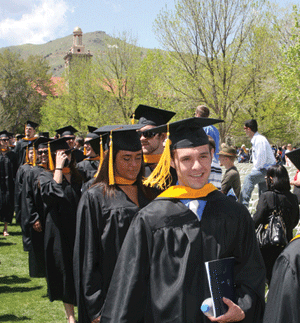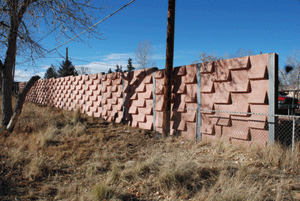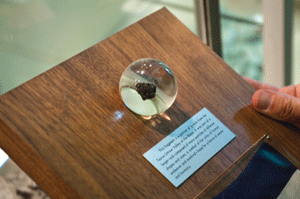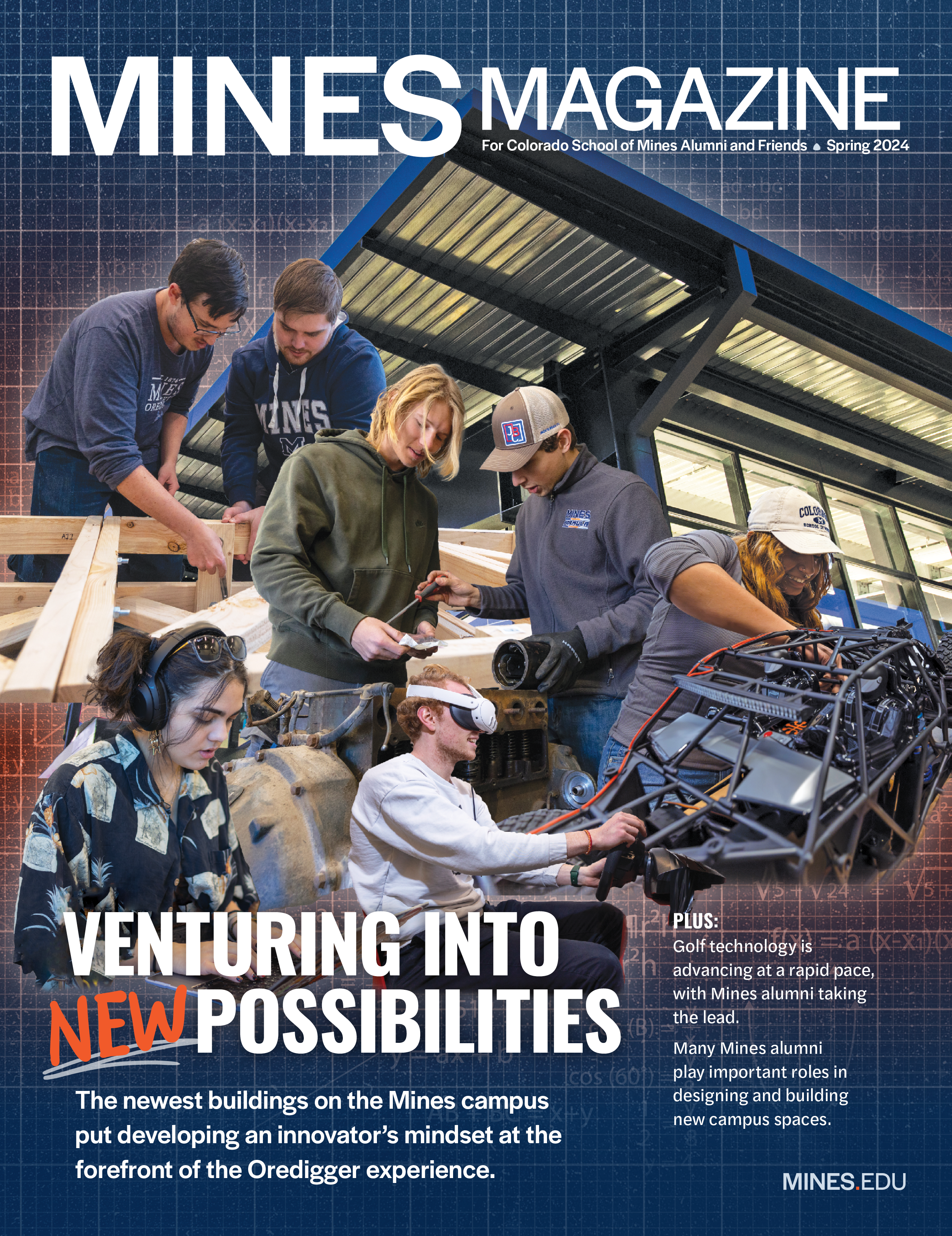Braving the wind
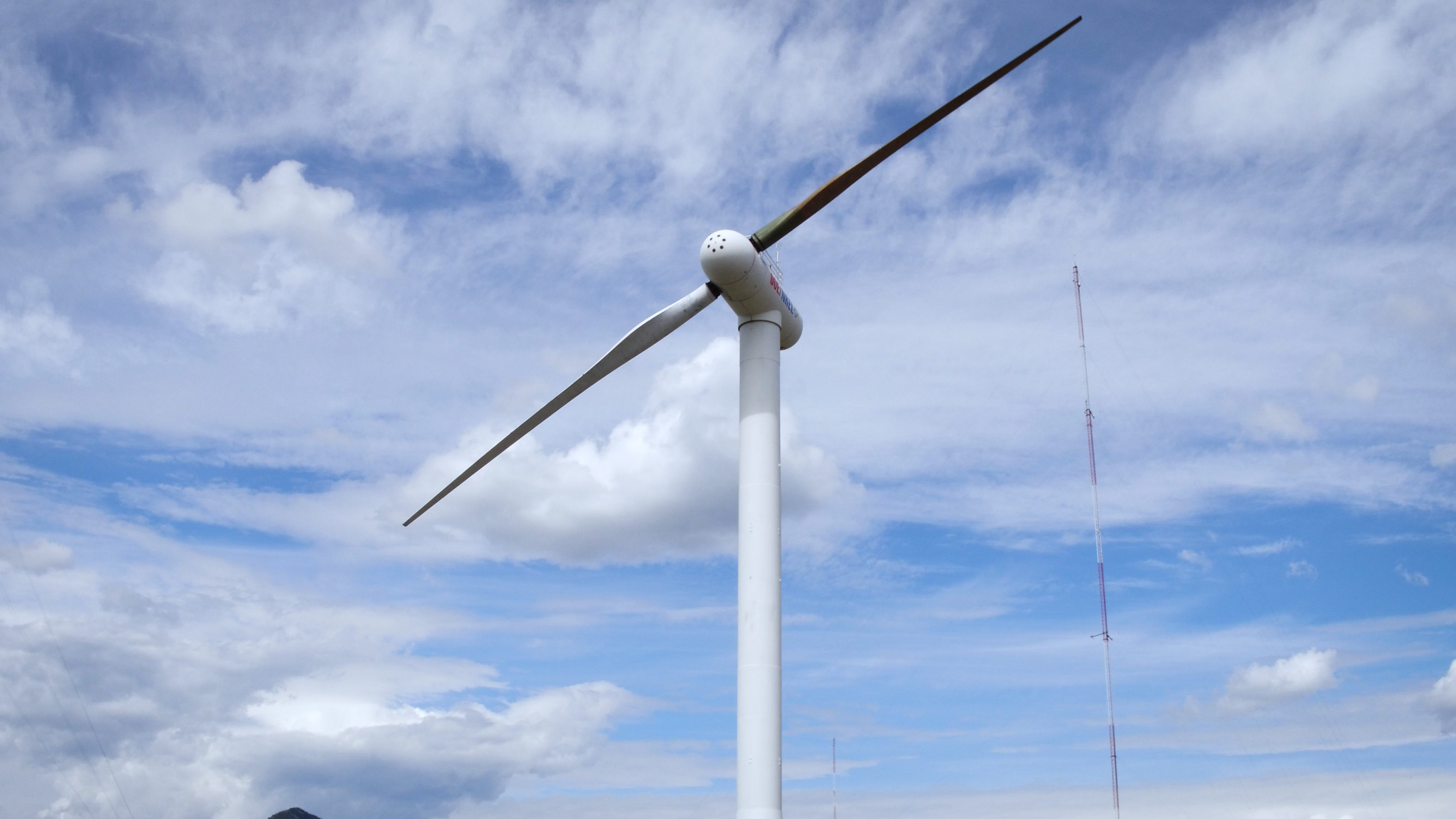
The future of wind turbines is just a drive down the road from the Mines campus.
The scaled-down prototype at the National Wind Technology Center in Boulder, though, was inspired from a decidedly un-Colorado source. The Segmented Ultralight Morphing Rotor, or SUMR, is more palm tree than pine.
“Palm trees bend in the wind but don’t break,” said Kathryn Johnson, associate professor of electrical engineering at Mines. “The idea that Eric Loth at the University of Virginia came up with is to use that same bio-inspired load alignment for wind turbine blades.”
The end result could be the largest wind turbine ever built, a behemoth capable of producing 50 megawatts of power from an offshore wind farm versus the 5-10 megawatts the largest turbines produce today.
The key is flexibility. The turbine’s two ultralight, ultralong blades are affixed in a downwind position, instead of the traditional upwind configuration. That will allow the blades to bend out of strong wind, therefore putting less stress on the other turbine components.
Making sure the turbine behaves as desired is where Johnson and her PhD students come in. A control systems expert, Johnson is working with colleagues at the University of Colorado on the system that oversees the turbine’s blade pitch, generator torque and more.
“When things get more flexible, they get harder to control,” Johnson said. “The big thing because of the flexibility is the deflection of the blade tips—how much it’s moving out of the normal position, upwind and downwind. We’re making sure it doesn’t come too far upwind and hit the tower—because that would destroy everything.”
So, if you drive by the National Renewable Energy Laboratory’s National Wind Technology Center and find yourself concerned by one of the turbine’s blades flapping in the wind, that’s entirely the point.

